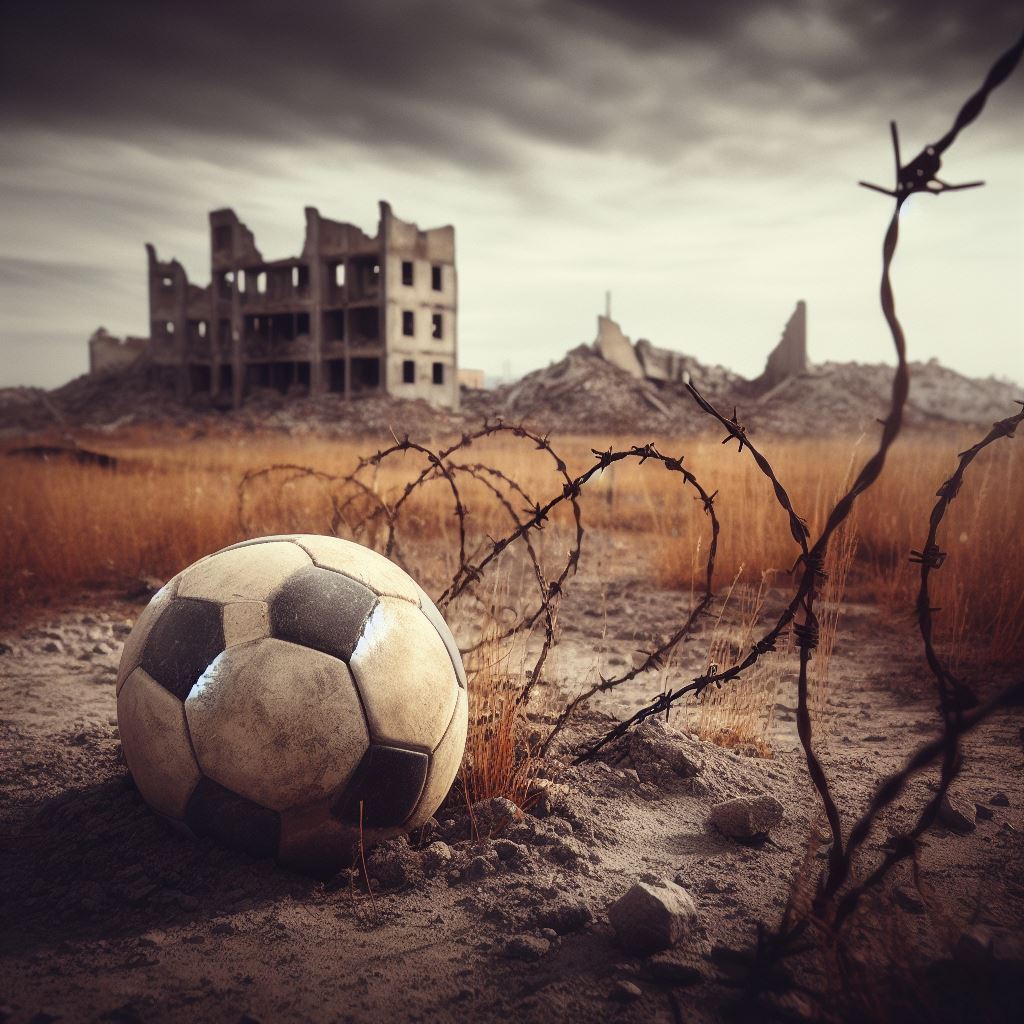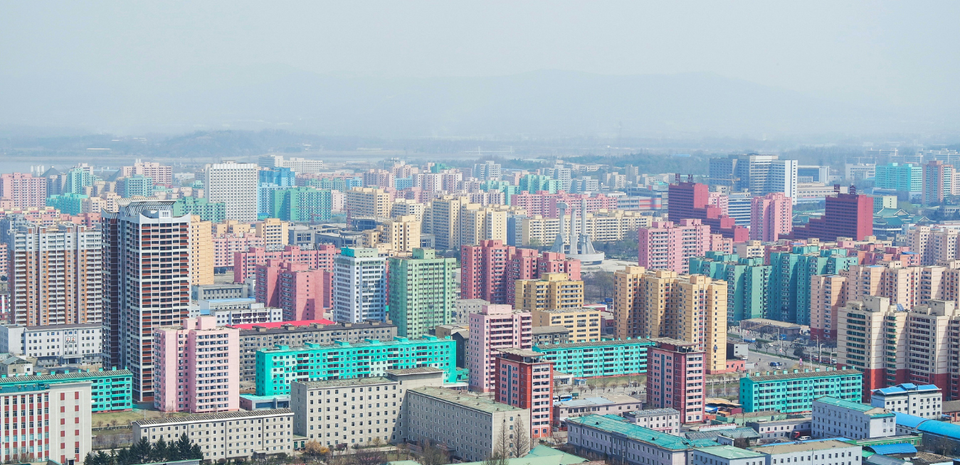The football match that started a war

The Salvadorean national football team arrived in Tegucigalpa, Honduras on 7th June 1969, ready for the first of three football matches that could qualify them for the 1970 World Cup.
They spent a restless night in a hotel in the Honduran capital, as supporters of the home team surrounded their accommodation, throwing stones at their windows, and honking car horns. They hoped to tire out the Salvadorean team so that their own team could have an easy win the next day.
The trick seemed to work as Honduras beat El Salvador, 1-0. However, a young Salvadorean, Amelia Bolanios, shot herself using her father's pistol when the winning goal was scored in the final minutes of the game. Bolanios was given an army honour guard at her funeral, and the President of El Salvador, as well as the country's football team, joined the procession, claiming that her death occurred because she could not stand seeing her country humiliated.
The second match between the two teams was held one week later, this time in San Salvador. The away team received the same treatment they gave to El Salvador while in Honduras, as fans threw rotten eggs and dead rats at their room windows.
The tension was so high that the Honduran team had to travel to the stadium protected by the armoured cars of the First Salvadorean Mechanised Division to avoid confrontations with the local crowd, who were carrying portraits of Amelia Bolanios. During the national anthems, rather than flying the Honduran flag, the hosts flew a dirty dish rag up a flagpole, while also burning a Honduras flag in front of the away team's supporters. Honduras lost 3-0 to El Salvador, but while the team was escorted by the military to the airport, its fans were chased away to the border. Two Salvadorean supporters died, while hundreds were injured.
The border between the two countries was closed a few hours later, and that night, a Salvadorean bomber flew over Tegucigalpa dropping bombs, while the Honduran military crossed the border towards San Salvador.
The 'football war' had started and would last 100 hours.
6,000 people lost their lives and more than 12,000 were wounded.
While the football matches were the spark that led to the four-day war between the two countries, there were several underlying issues that contributed to the conflict.
Over the years, many Salvadorean migrants had moved to Honduras in hopes of a better economic future. In Honduras, were a majority of the land was owned by large landowners and big corporations, these migrants needed a place to stay, with some of them settling on illegally-occupied land, creating further tension with the locals. This led to a land reform law by the Honduran government, which took this illegally-occupied land, but not the land owned by the corporations, and gave it to native-born Hondurans in 1967.
This, coupled with inflammatory reporting by the media in both countries, created the conditions in June 1969 which led to the war between El Salvador and Honduras.
If you would like to read more about the adventures of one of the best foreign correspondents in history, Ryszard Kapuscinski, in Latin America and Africa, I would suggest reading 'The Soccer War'.

